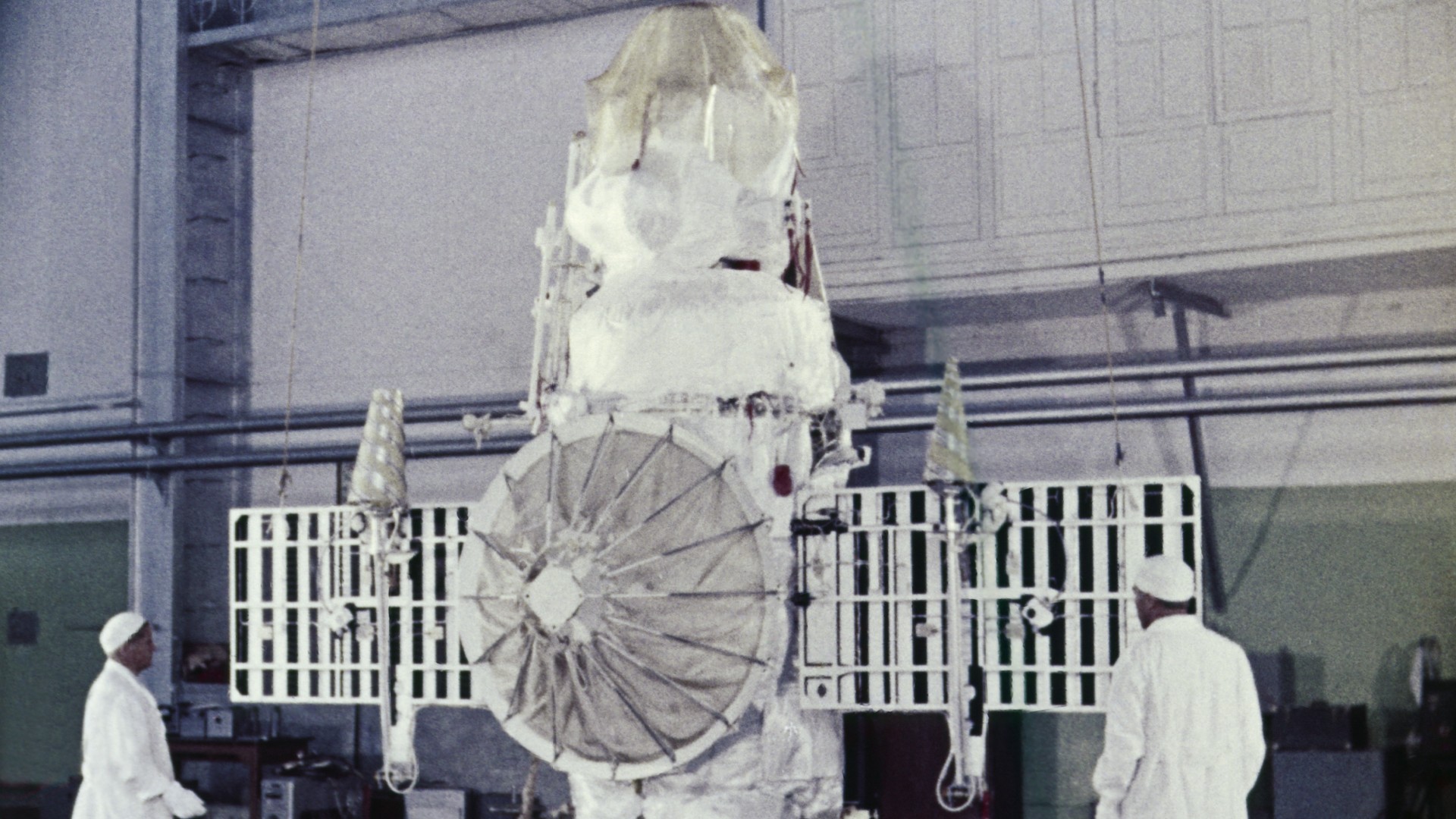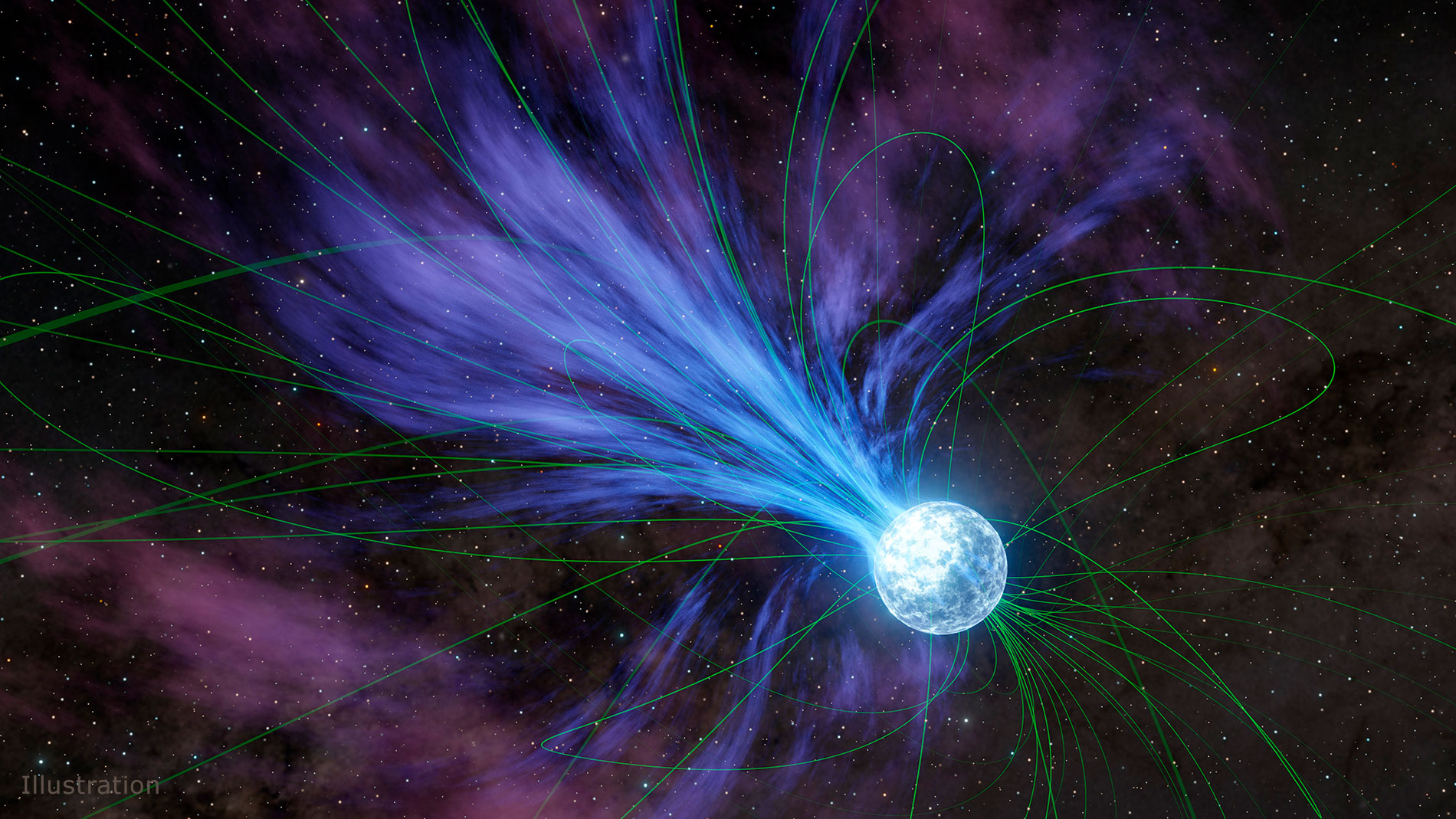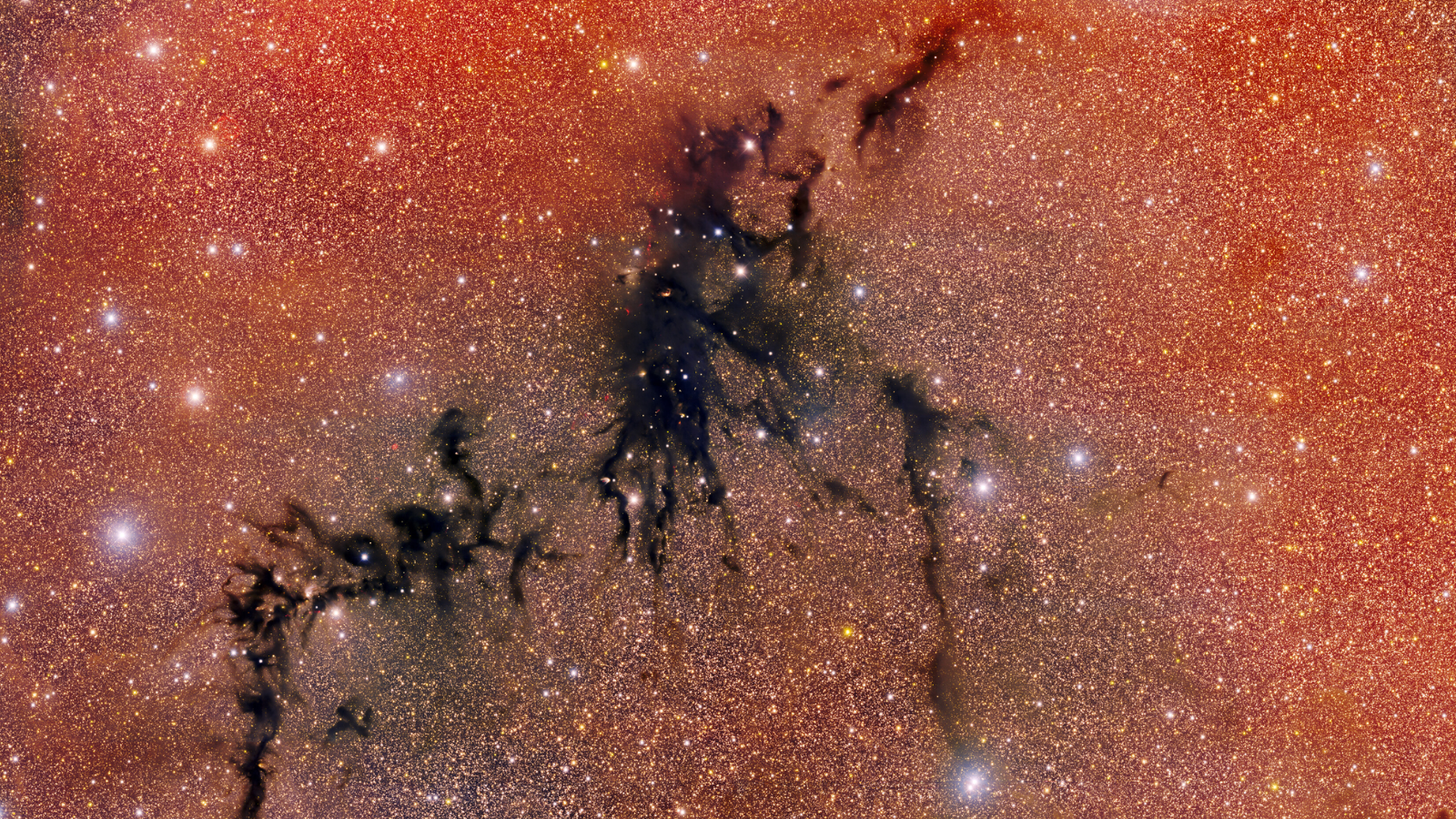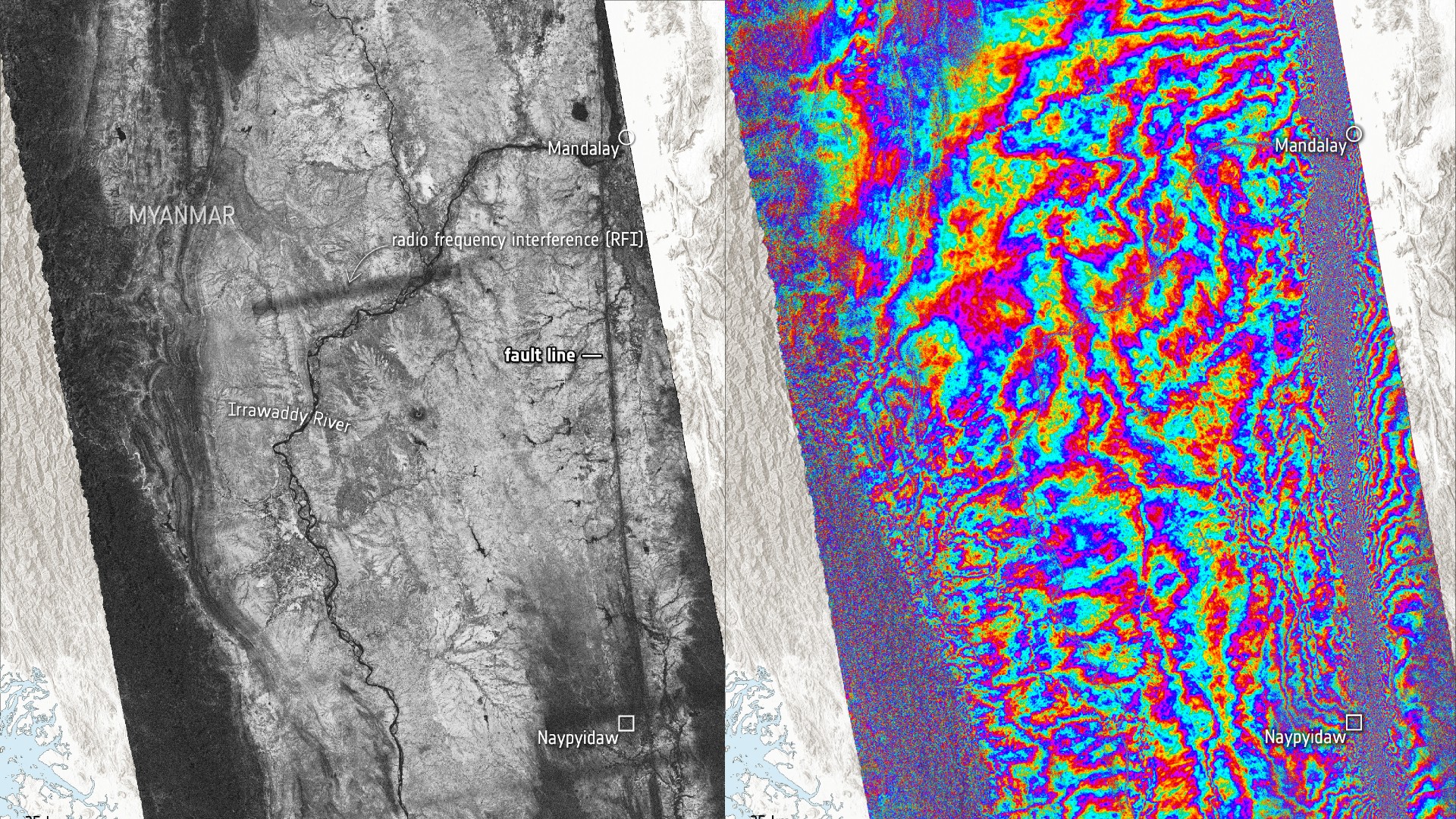Mystery of Mars' Mixed Up Poles Solved
Scientists have long wondered why Mars' southern polar cap is offset from its geographical south pole. Now they've solved the mystery.
Two different localized climates are to blame, and they can in turn be blamed on two impact craters.
Weather generated by the two regional climates creates conditions that cause the southern polar ice to freeze out into a cap whose center lies about 93 miles (150 kilometers) from the actual south pole.
"Mars' permanent south polar cap is offset from its geographic south pole, which was a mystery going back to the first telescopic observations of Mars," says Anthony Colaprete, a space scientist from NASA Ames Research Center. "We found that the offset is a result of two martian regional climates, which are on either side of the south pole."
The findings were reported in this week's issue of the journal Nature.
The scientists found that the location of two huge craters in the southern hemisphere of Mars is the root cause of the two distinct climates.
"The two craters' unique landscapes create winds that establish a low pressure region over the permanent ice cap in the western hemisphere," Colaprete explained.
Get the Space.com Newsletter
Breaking space news, the latest updates on rocket launches, skywatching events and more!
Just as on Earth, low-pressure weather systems are associated with cold, stormy weather and snow.
"On Mars, the craters anchor the low pressure system that dominates the southern polar ice cap, and keep it in one location," Colaprete said.
The low-pressure system results in white fluffy snow, which appears as a very bright region over the ice cap. In contrast, the scientists also report that 'black ice' forms in the eastern hemisphere, where martian skies are relatively clear and warm.
"The eastern hemisphere of the south pole region gets very little snow, and clear ice forms over the martian soil there," Colaprete said.
Black ice forms when the planet's surface is cooling, but the atmosphere is relatively warm, according to scientists. A similar process occurs on highways back home.
- Why it Snows at Mars' North Pole
- Water Ice Found Near South Pole of Mars
- Mars Ski Report: Snow is Hard, Dense and Disappearing
- Icy Shapes on Mars Reveal Two Climates
Join our Space Forums to keep talking space on the latest missions, night sky and more! And if you have a news tip, correction or comment, let us know at: community@space.com.

Space.com is the premier source of space exploration, innovation and astronomy news, chronicling (and celebrating) humanity's ongoing expansion across the final frontier. Originally founded in 1999, Space.com is, and always has been, the passion of writers and editors who are space fans and also trained journalists. Our current news team consists of Editor-in-Chief Tariq Malik; Editor Hanneke Weitering, Senior Space Writer Mike Wall; Senior Writer Meghan Bartels; Senior Writer Chelsea Gohd, Senior Writer Tereza Pultarova and Staff Writer Alexander Cox, focusing on e-commerce. Senior Producer Steve Spaleta oversees our space videos, with Diana Whitcroft as our Social Media Editor.









